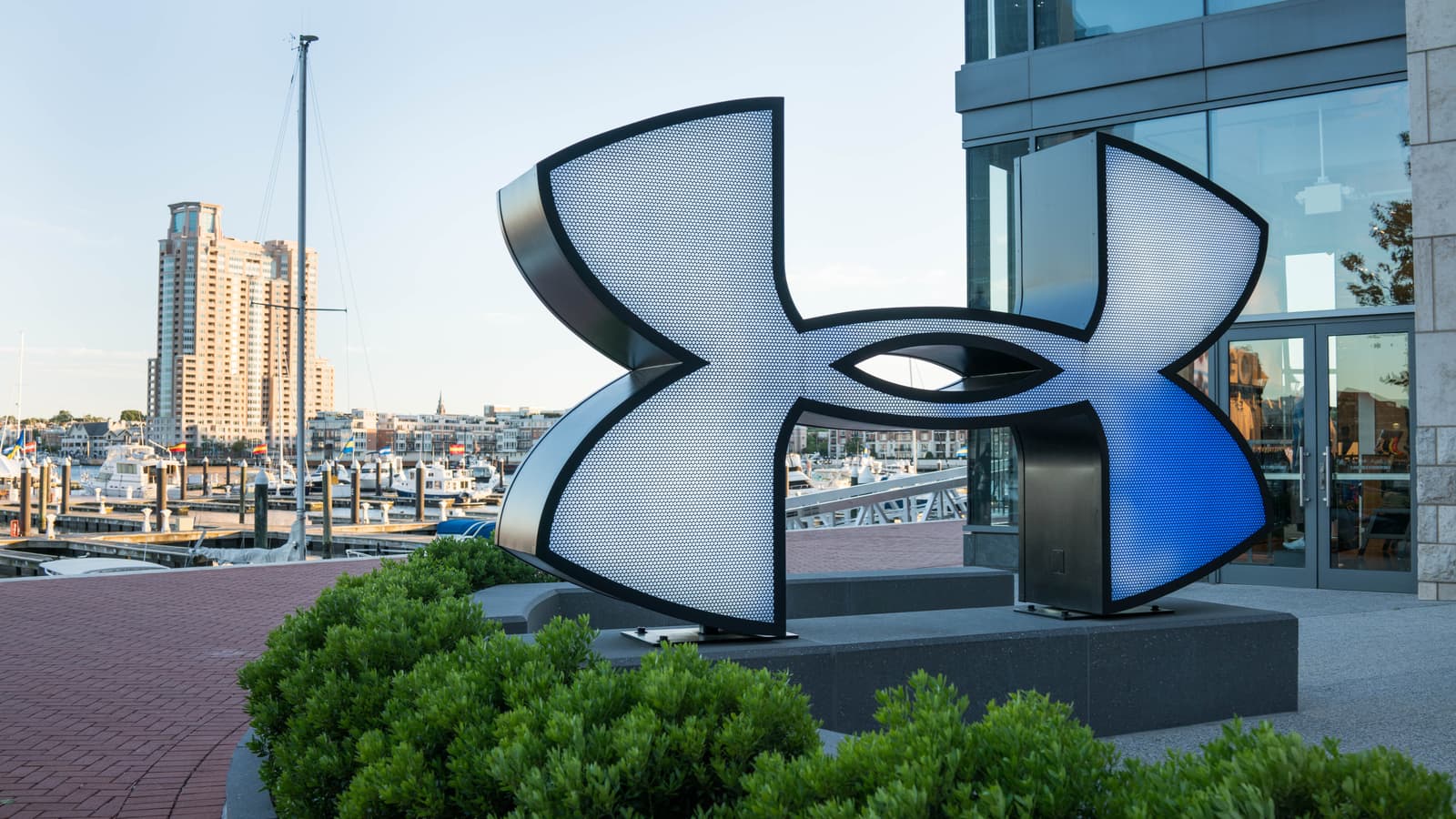Under Armour (NYSE:UA, NYSE:UAA) offers very little to talk about on the positive side these days. Its first quarter earnings were deep in the red and the outlook for its performance apparel is not any better. I am skeptical of the recent rise of UA stock off of its lows. I suspect there may be another opportunity to buy the stock below current prices.

For example, UA stock added 16%, or $1.28 per share, from its $8.00 a share price on May 11, when the company produced its disheartening Q1 earnings. It’s pared back some of that gain as this week draws to a close.
The problem, though, is that the company burnt through $392 million in free cash flow (FCF) during Q1. And if that continues in Q2 and Q3, the company may become dangerously low in liquidity.
Liquidity and Book Value Issues With UA Stock
As of March 31, Under Armour had just $959 million in cash. Now, it recently raised another $460 million or so in a convertible note, so its total liquidity is about $1.41 billion. But if it burns through $400 million over the next two quarters, the balance would fall to $600 million or so.
At that point, the company would likely have to raise permanent equity and/or a mixture of equity and debt. Right now the company’s tangible book value per share (TBVPS) is just $1.02 billion, or $2.26 per share, according to data compiled by Seeking Alpha.
So, here is the problem: By the end of Q3, with another $800 million in FCF loses, the tangible book value will fall to $224 million or so, and the TBVPS will be just 49 cents per share. If that’s the case, there is no way that UA stock would still be trading at $9.28 per share, where it was earlier this week.
For example, if the company raised another $400 million to try and survive through the end of the year, the dilution would be very high. That would temporarily raise TBVPS to 69 cents per share if the shares were sold at $4.00. But this would leave 900 million shares outstanding and book value at $624 million.
But if Under Armour produces a consecutive third quarter of $400-million FCF losses, tangible book value will fall to $224 million. With 900 million shares outstanding, TBVPS drops to just 25 cents per share. UA stock would fall to less than $1.00 per share by then.
What Needs to Happen With Under Armour
If Under Armour management was really smart, they would raise the equity and debt they need now to prove to analysts that they can outlast a recession. That is essentially what the airline companies are all doing.
As a result, any perceived increase in sales or demand helps push up the stock, since everyone knows that the company can outlast a liquidity crisis.
Moreover, the company needs to be producing monthly, if not bi-weekly, sales figures to show that it is past an inflection point. The company desperately needs to get above net income breakeven on a cash basis. If they don’t project getting there by the end of Q3, they need to immediately shut down a good number of their outlets and stores.
Fortunately, the company has cut expenses and capital outlay expenditures that will lower its FCF burn. But I have seen retail companies like this live on hope and not reality. The company needs to overcut its expenses, leases and other outlays. Then it can show that cash burn will drop.
What to do With UA Stock
Investors in this name need to be realistic. The company will likely report deep losses in Q2. If management does not take action to drastically cut costs and get to breakeven by the end of Q3, you should run. At that point, UA stock will not stay where it is today.
To be honest, UA stock is not worth any more than 1x TBVPS, and maybe even less than that. Even being optimistic, at 2x TBVPS US stock is not worth more than $5.00 per share.
That represents a potential drop of $4.28 per share from today’s price or a loss of 43%. Keep away from UA stock until a more reasonable margin of safety is apparent.
As of this writing, Mark Hake, CFA does not hold a position in any of the aforementioned securities. Mark Hake runs the Total Yield Value Guide, which you can review here.
